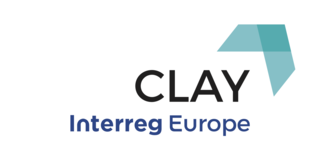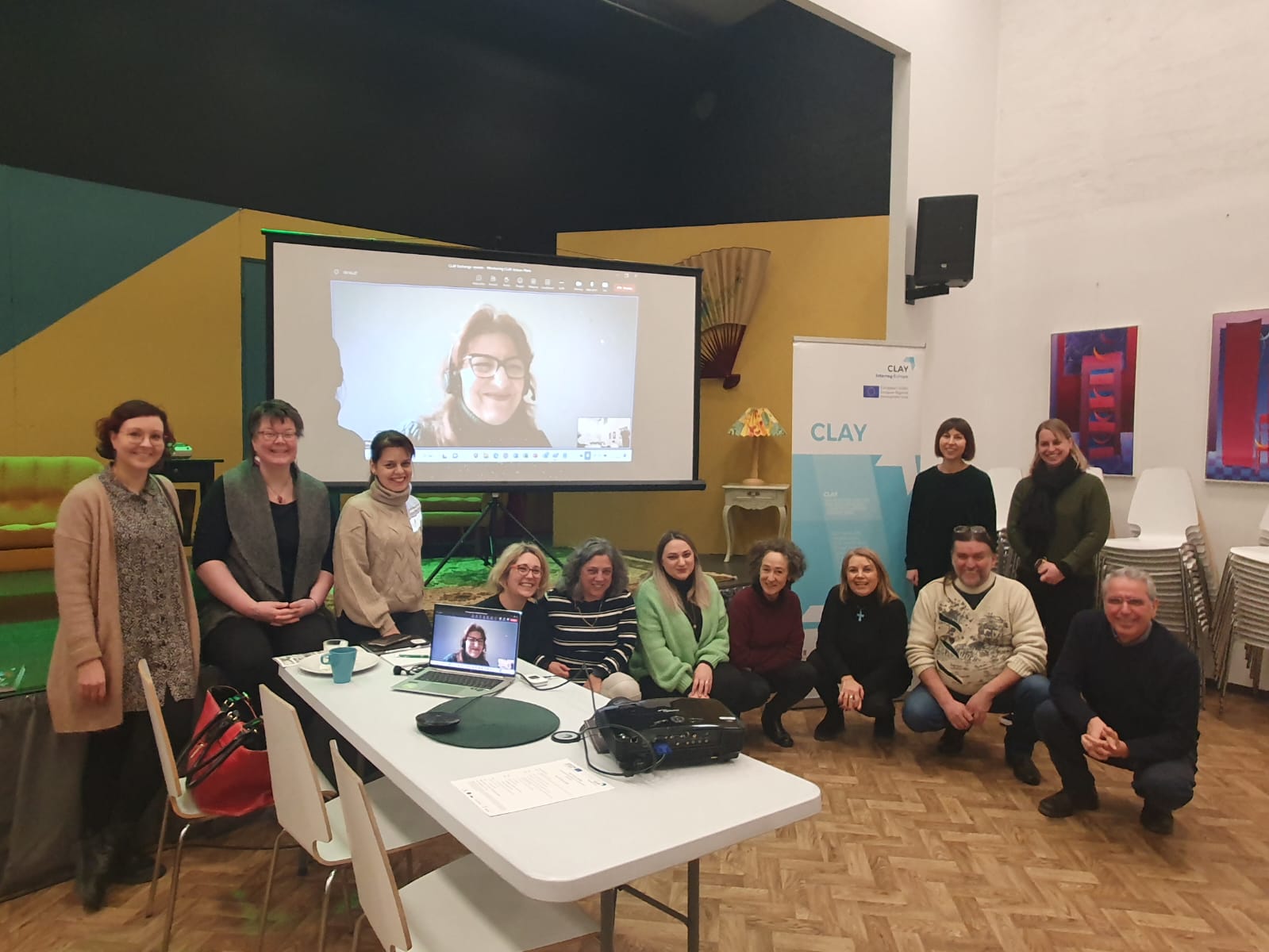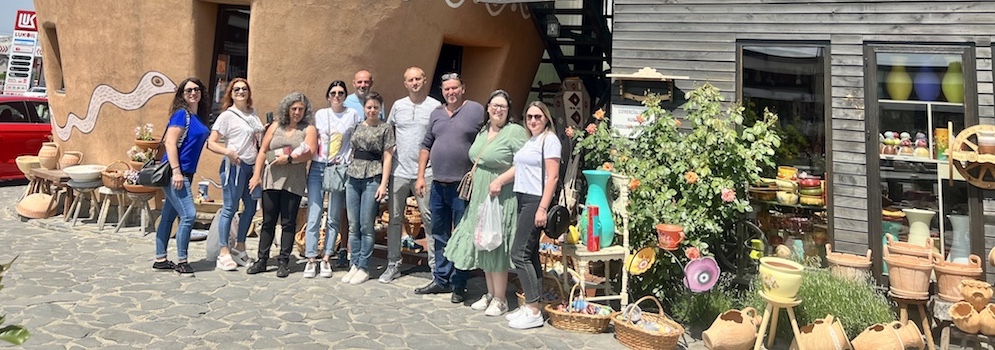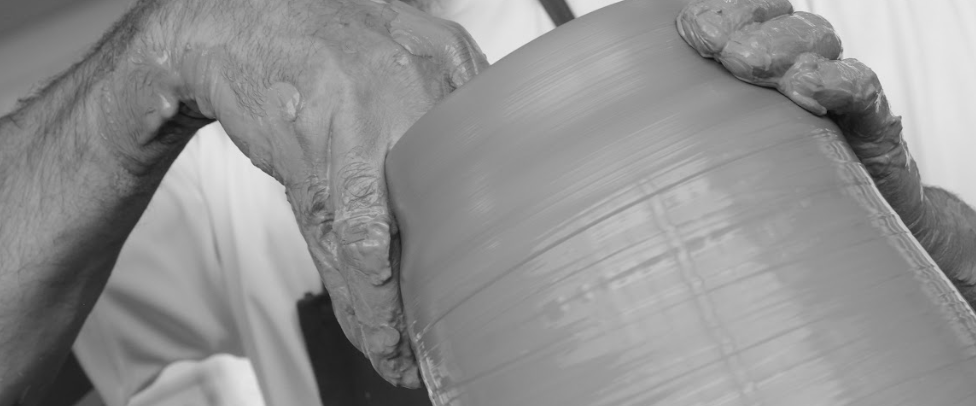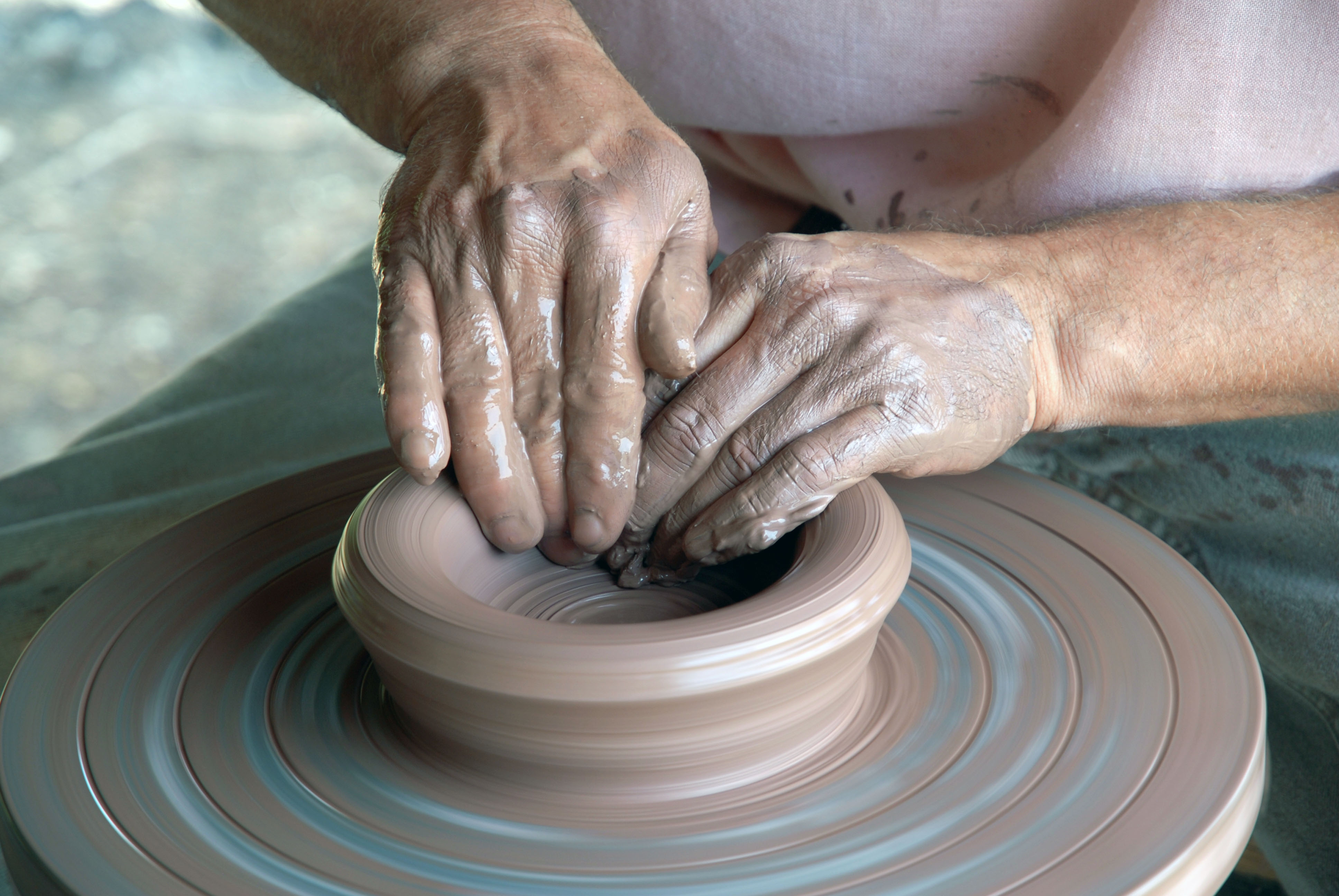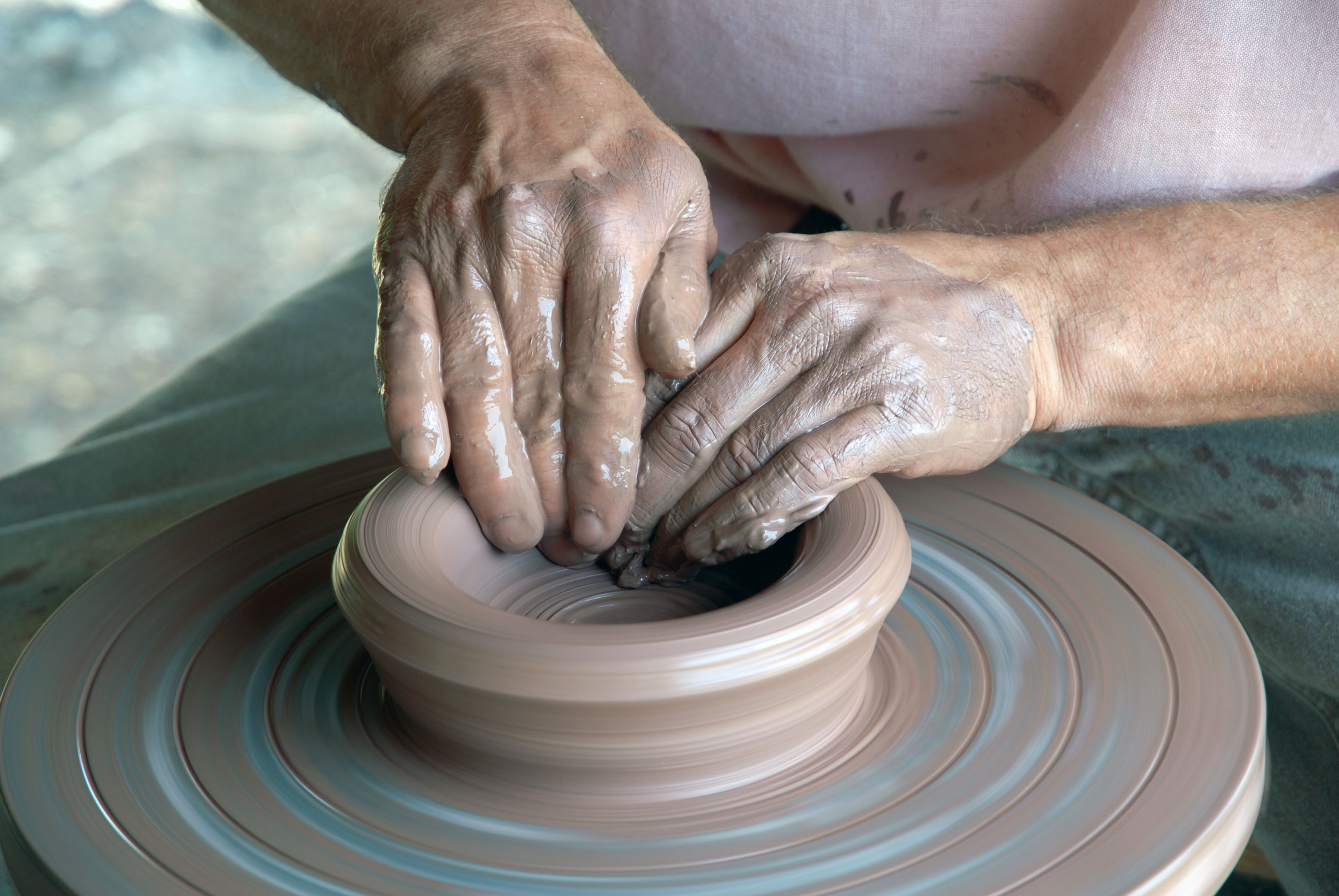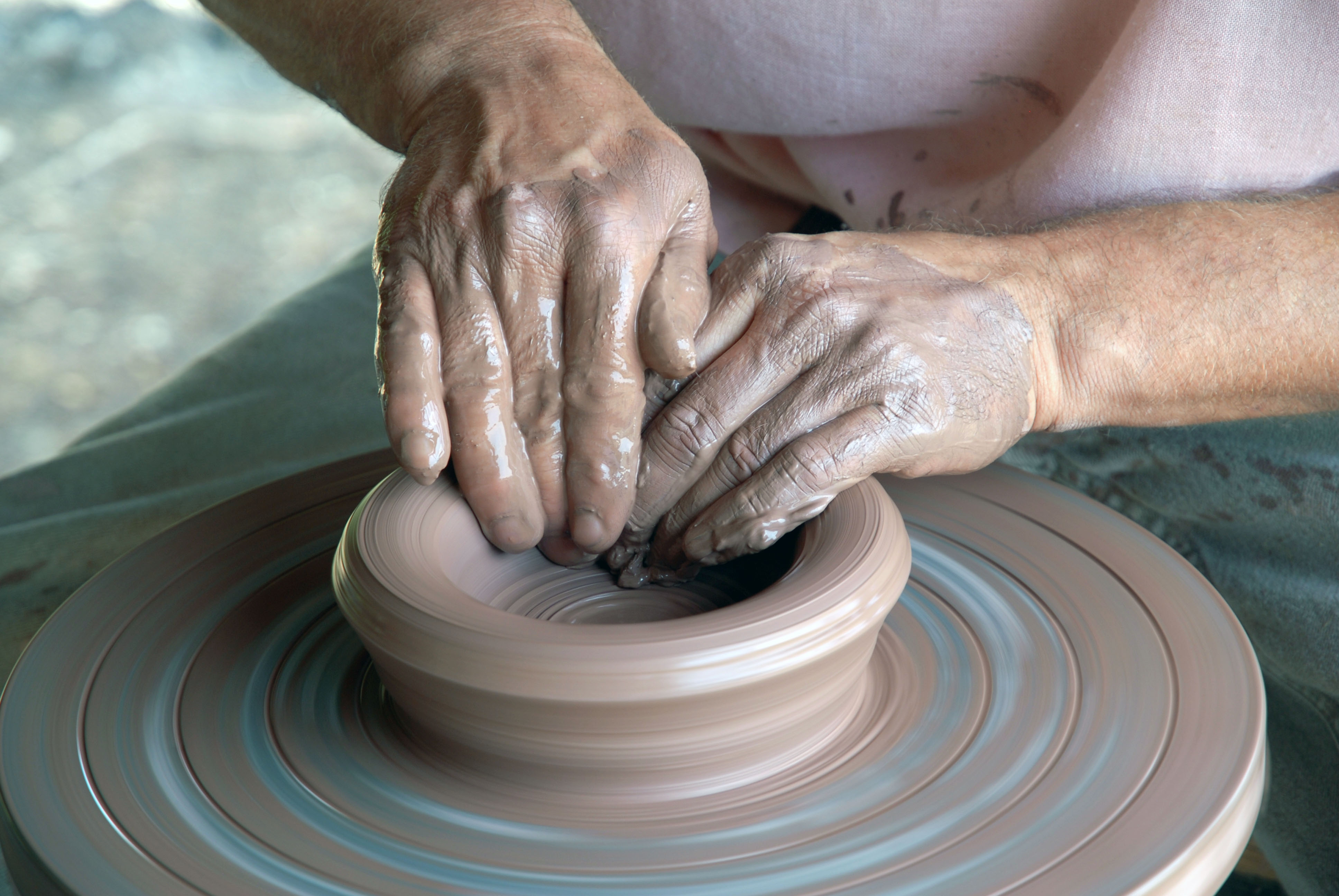December 16th, 2021 - The partner of the Interreg Europe CLAY project (Cross Sector support for Innovative and Competitive Artistic Ceramic SMEs) has met in Perugia (Italy) to discuss the pandemic impact on the CLAY regions, sharing successful experiences and best practices.
09:30 - Deputy President Michele Fioroni (Umbria Region - Italy) opened the session stating that during the pandemic the companies have understood the importance of innovation, the investment on digital transformation.
One of the most important policies we have promoted is called SMART ATTACK. With this political maneuver we allocated 30 million to the companies of our Region, in order to help them to realize investment in their digital transition.
The ceramic sector, in this frame, can find new instruments, there is the need to invest in digitalization and innovation.
Tradition, concluded Deputy President Fioroni, is a strong starting point which needs to be developed and assured the possibility to penetrate new markets.
A project like CLAY shows as much as innovation is important also in the traditional field. Our tradition in ceramics is significant but also this sector, in order to remain competitive, needs to innovate its processes, focusing on new materials and on sustainable production processes. Also the ability to penetrate new markets is vital for our local companies that operate in the art and ceramic sectors, in this way this kind of international cooperation is crucial.
After the greetings by Deputy President Fioroni, CLAY partners were confronted about the economic effects of the pandemic in CLAY regions.
The meeting got to the heart thanks to the intervention of Eugene Savulescu (Regional Development Agency South West Oltenia - Romania): the Romanian ceramic sector has been affected by the restriction which followed the Covid-19 pandemic, as the sector is strongly linked to tourism and fairs. As an example, the Romanian folk pottery Fair COCOSUL DE HUREZ, the largest pottery event in Romania, which usually brought together over 120 potters and over 30,000 visitors, has been canceled in the last two years. All sectors reduced their orders of ceramic materials: there was a decrease in production of about 40% in 2020/2021; about 10% of the workshops closed; there was a reduction of jobs, especially young one, in the ceramic sector followed by a reorientation of potters towards other sources of income.
Pia Kattelus (Regional Council of South Ostrobothnia - Finland): the region is facing some common problems such as climate issues (no change during COVID-19 pandemic), aging of population (better in the period under review), increasing energy costs, lack of competent employees. During the Covid-19 pandemic, well-being and equality remained unchanged, strengthening the already high quality of life in the region. There is a high number of SMEs but low productivity and public funding. The region has not been impacted by Covid-19 much, the population has been resilient. A strength has been the cooperation among different stakeholders.
The cultural sector (incl. Arts and crafts) is the one which has most suffered, together with tourism and hospitality, provoking a shift towards other sectors.
Now the region is seeing new ways to run and provide Digital services and not.
Victor Francisco (CTCV: Technological Center for Ceramics and Glass - Portugal): 30% of the companies believe that recovery will happen in 2022. The good news is that private consumption is expected to grow, and that unemployment in Portugal is lower than the average European unemployment.
The main challenges for the region in the post-pandemic period are connected to CO2 emissions; rise in natural gas prices; scarcity of raw materials; increase in transportation costs and packaging costs; lack of skilled labor.
Alexandra Beaudrouet (Association for the development and promotion of the European ceramic center - France): in 2020, the region recorded +60% distance selling. The micro enterprises have lost turnover but have developed new products.
SMEs have been affected by the pandemic and in reaction they have amplified the luxury market opportunities. Tableware is growing as well, and there has been an increase in the exportation of porcelain.
